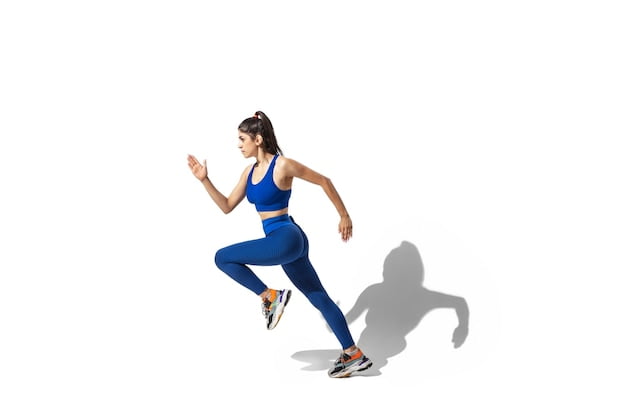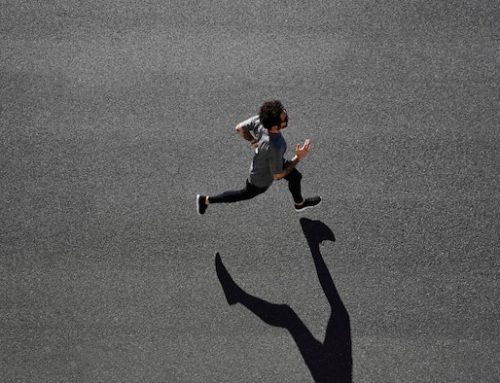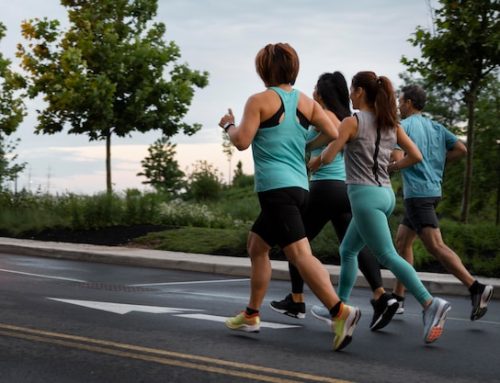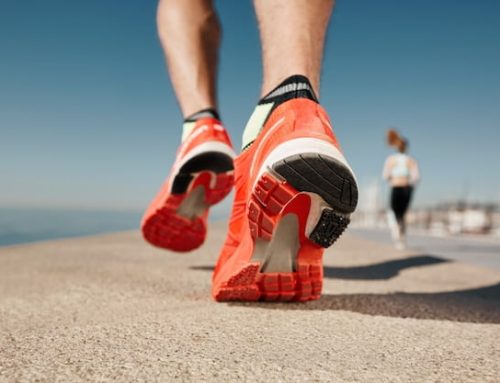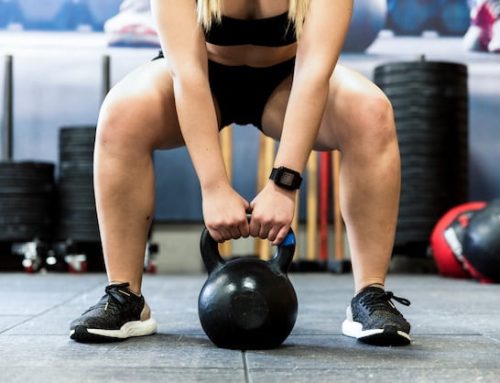Introduction
Running is one of the most popular forms of exercise globally. It’s a great way to stay in shape, improve your cardiovascular fitness, and boost your mood. However, choosing the right time to run is crucial, as it can significantly affect your performance and results. In this article, we’ll discuss the best time to run based on scientific research, personal preference, and various other factors.
The Morning
Running in the morning has several benefits. For starters, it’s an excellent way to kick start your day, giving you a rush of endorphins and setting a positive tone for the rest of the day. Furthermore, running in the morning can help you burn calories and fat more efficiently, as your body has been in a fasting state overnight. A study published in the Journal of Physiology found that exercising before breakfast can help improve insulin sensitivity and reduce the risk of type 2 diabetes.
The Afternoon
Running in the afternoon is ideal if you want to avoid the early morning or late evening crowds. It’s also when your body temperature and energy levels are at their peak, which can help you run faster and longer. A study published in the Journal of Sports Medicine and Physical Fitness found that running in the afternoon can enhance muscle strength and endurance better than running in the morning.
The Evening
Running in the evening is an excellent way to relieve stress and clear your mind after a long day. It’s also when your muscles are most flexible, making it easier to hit your stride and maintain proper form. Moreover, running in the evening can help you sleep better, as it can boost your melatonin levels and signal to your body that it’s time to wind down.
Other Factors to Consider
Apart from personal preference, several other factors can influence the best time to run. For instance, weather conditions can play a significant role in determining your optimal running time. Running in hot and humid weather can be dangerous and affect your performance, so it’s best to run during cooler hours like early morning or late evening. Running during the winter season can also be challenging, so make sure to dress appropriately and remain visible.
Table: Optimal Running Temperature
| Temperature | Optimal Running Time |
|————-|———————|
| Below 50°F | Late morning or early afternoon |
| 50°F to 60°F | Mid-morning or early afternoon |
| 60°F to 70°F | Late morning or early evening |
| Above 70°F | Early morning or late evening |
Another factor to consider is your workout goals. If your primary aim is to improve your speed and performance, consider running when your body temperature and energy levels are at their peak, usually in the late afternoon. If you’re training for a marathon or long-distance run, you may want to prioritize endurance instead of speed by running longer distances during the cooler hours of the day.
Conclusion
In conclusion, the best time to run depends on various factors, including personal preference, weather conditions, workout goals, and overall health. Whether you prefer to run in the morning, afternoon, or evening, make sure to stay hydrated, wear the appropriate gear, and listen to your body. By doing so, you’ll be able to maximize your performance and achieve your fitness goals effectively.
